Potassium Chloride (KCl) has multiple applications in oil well drilling. Here are the specialized uses of this compound in oil drilling:
White Potassium Chloride:
Mud Control: White potassium chloride is used as a mud inhibiting agent in oil well walls. During drilling, you might encounter mud cakes on well walls that can cause issues like well blockage. White potassium chloride can control these mud cakes and prevent the arising of such problems.
Fluid Density Regulation: This compound is typically used as an additive to regulate the density of the drilling fluid. By altering the concentration of white potassium chloride in the drilling fluid, the fluid’s density can be adjusted, allowing for better control of the pressure in the oil well.
Pink Potassium Chloride:
Fluid Density Regulation: Pink potassium chloride is also used to regulate the density of the drilling fluid. It helps in adjusting the fluid’s density and controlling the pressure in the oil well.
Iron Removal: Pink potassium chloride may be used to remove iron from the drilling fluid. Iron can enter the drilling fluid as fine particles and create issues. This compound can absorb iron, preventing its entry into the drilling fluid.
Gas Waste Control: Pink potassium chloride might be utilized for controlling gas waste in oil well drilling. It can prevent the formation of unwanted gas wastes and avoid environmental contamination.
Both white and pink potassium chloride serve as mud inhibitors, fluid density regulators, and for other purposes in oil well drilling. These applications are carefully adjusted according to the specific needs of each well to enhance drilling performance and reduce associated problems.


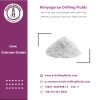
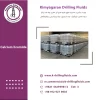
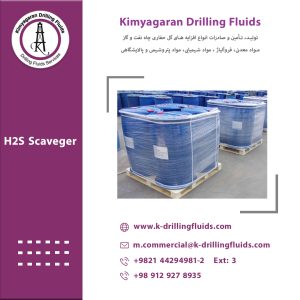

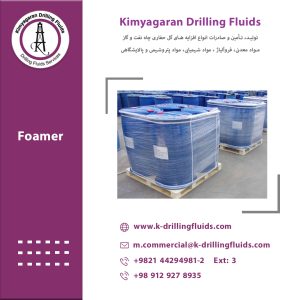
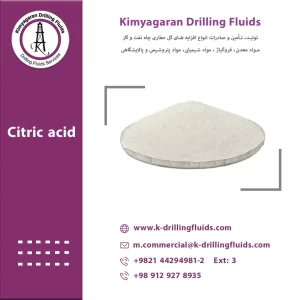
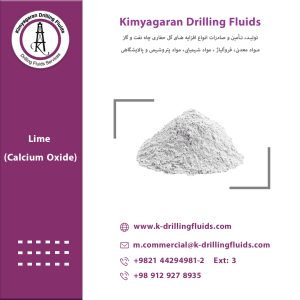
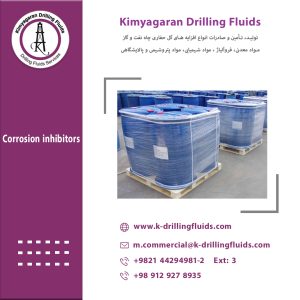
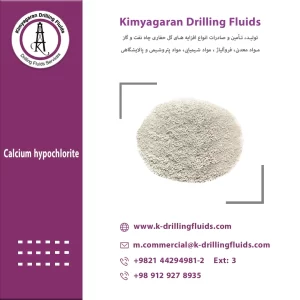
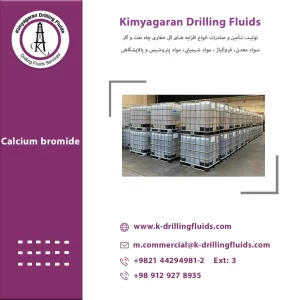
Reviews
There are no reviews yet.